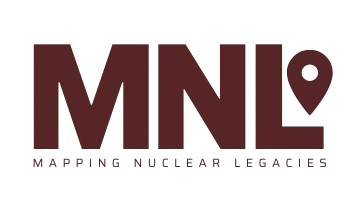Blog
-
Key Joint Bill Stalled in the Massachusetts State Legislature
Despite continuous lobbying efforts by students and key nuclear disarmament activist groups, the Massachusetts State Congress has yet to pass joint bills H.738 and S.1488, which would create a citizen-led commission focused on transitioning Massachusetts away from nuclear weapon production and development towards a nuclear weapon-free state. The bills were first introduced in the 2019-2020…
-
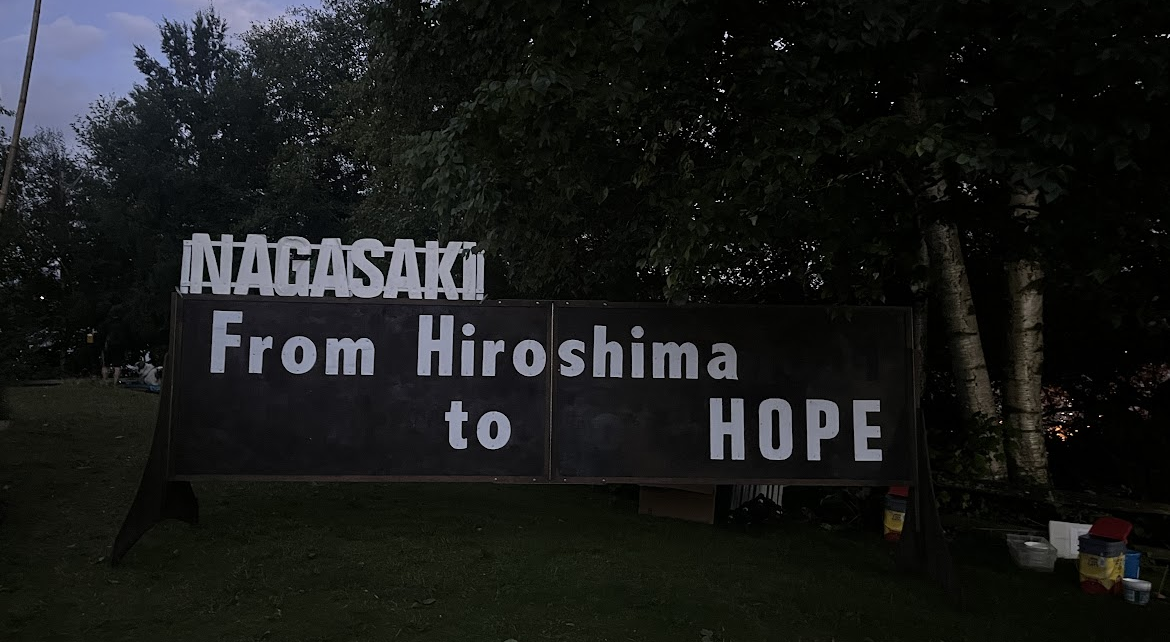
From Hiroshima to Hope
It was a sunny afternoon at Green Lake Park in Seattle. August 6, 2025, marks the eightieth anniversary of the bombing of Hiroshima, the first of two nuclear bombs dropped on Japan before the Second World War came to an end on August 15, 1945. These two nuclear bombs killed thousands instantly, and many who…
-
A Commemoration of Hiroshima: Manhasset, NY
On August 6, 2025, the Unitarian Universalist Congregation at Shelter Rock, located in Manhasset, NY, hosted a commemoration for the 80th anniversary of the atomic bombing of Hiroshima. The theme of the event was Food Not Bombs, with the program focusing on the good that could be done with the money currently being spent on…
-
An Unimaginable Love
The sky exploded, the earth in disarray, Yet love refused to be dismayed. In Nagasaki’s burning breath, A mother rose to challenge death. Her daughter lay trapped beneath a beam, A fragile life, a fading dream. Men turned away, their strength undone- But she, burned bare beneath the sun She bore the fire, the weight,…
-
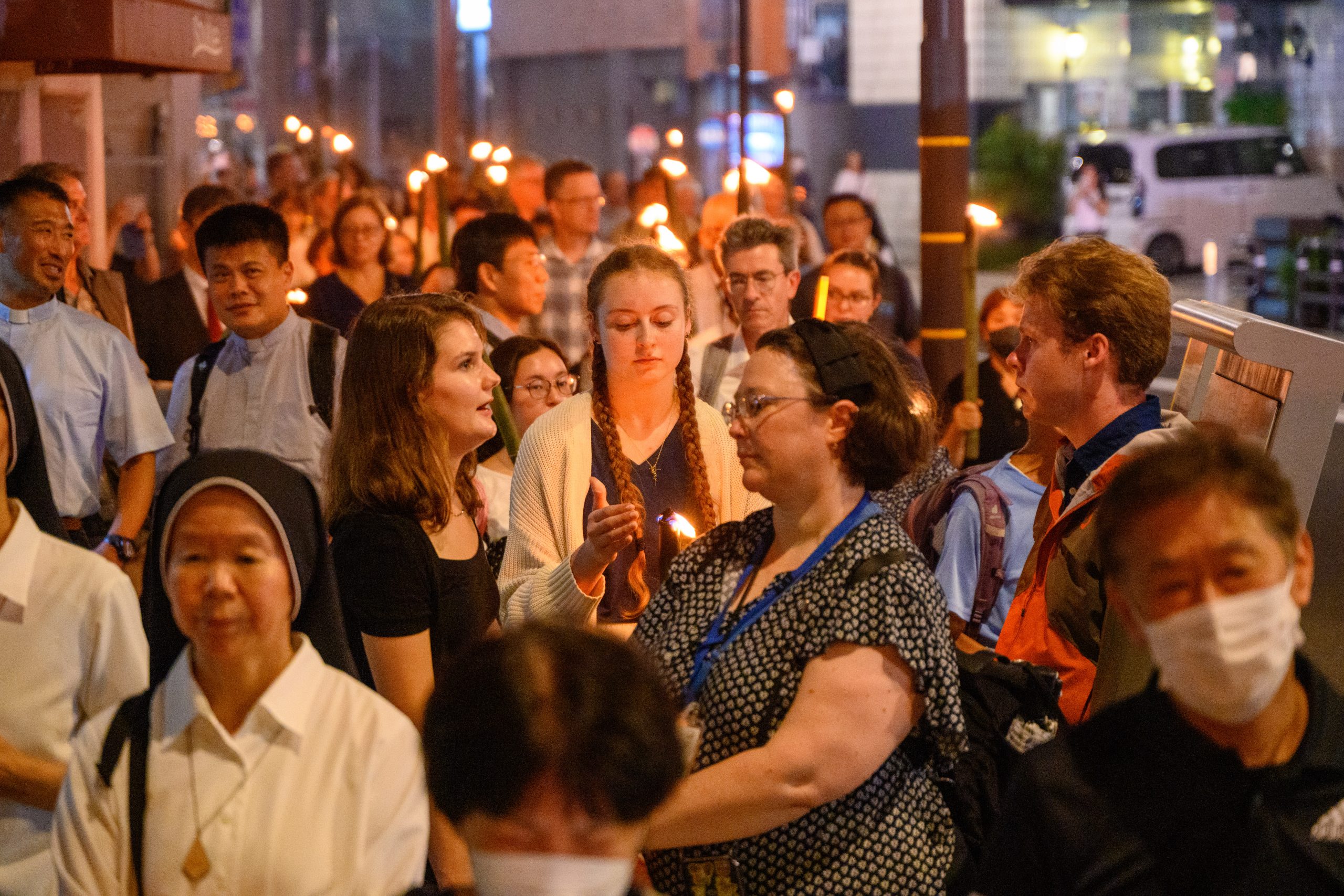
Cries of the Soul: Reflections on a Peace Pilgrimage to Hiroshima and Nagasaki
When I was invited to attend the Peace Pilgrimage of Catholic U.S. Universities as an intern for Mapping Nuclear Legacies, I had no idea how meaningful and enlightening it would be. We landed in Hiroshima at about 9 or 10 in the morning, dropped our luggage at the hotel, and then took a tram to…
-
From Domination to Interconnectedness
The Mapping Nuclear Legacies symposium, ostensibly about nuclear weapons, was genuinely about something much deeper: the human cost of nuclear policy and the pressing need to change our relationship with these weapons of mass destruction. While the technical and political aspects of atomic weapons were a given, the most potent storyline was not scientific or…
-
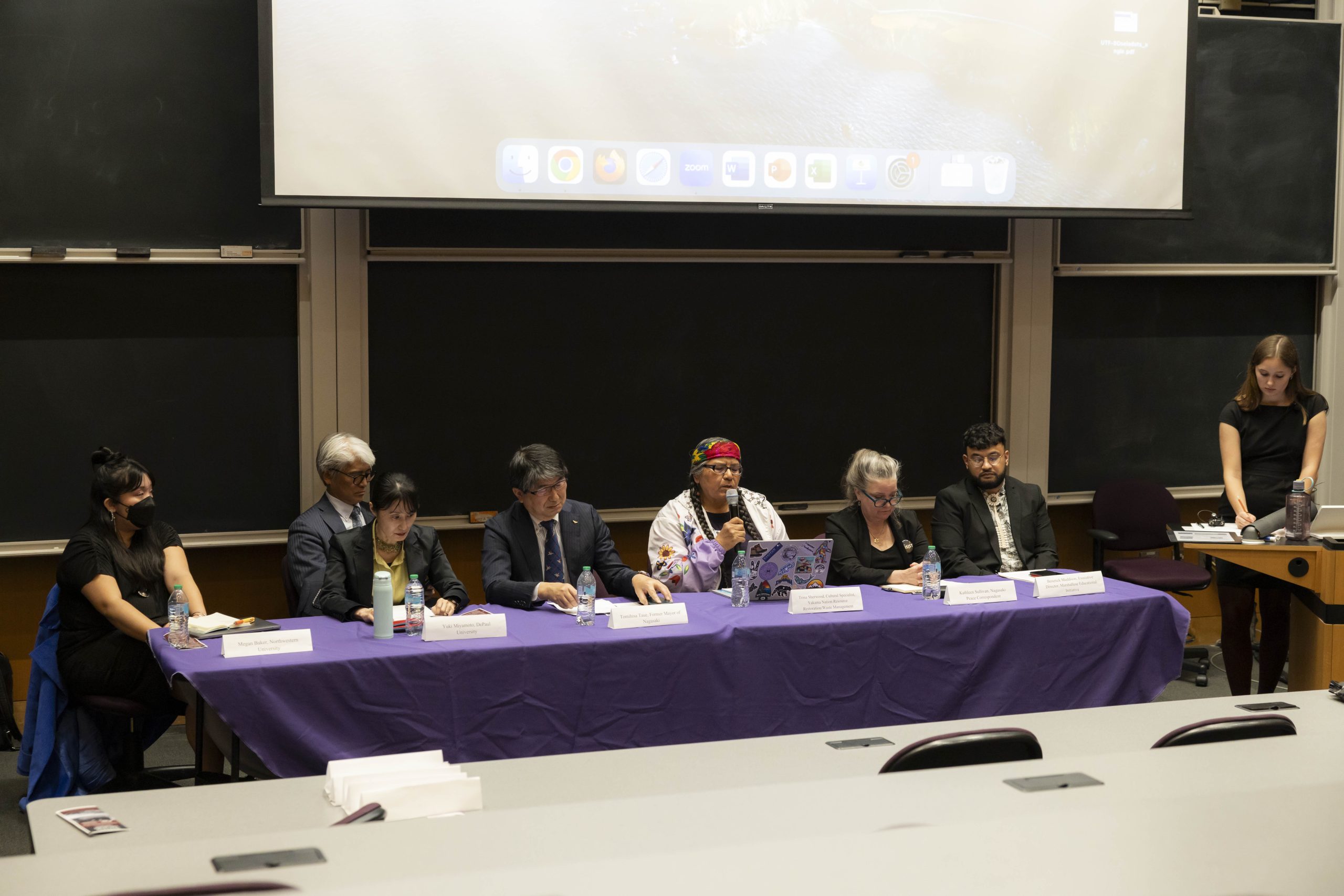
Mapping Nuclear Legacies Symposium: Intergenerational Nuclear Justice Panel
On Friday, May 2, 2025, scholars, community leaders, activists, and former elected officials gathered for a critical conversation on intergenerational nuclear justice, part of the Mapping Nuclear Legacies Symposium. This panel centered on the long-lasting environmental, cultural, and health consequences of nuclear weapons development, testing, and deployment, harms that disproportionately impact Indigenous communities, Pacific Islanders,…
-
Reflecting Nuclear Legacies: Why Cities?
I had three questions before attending the Mapping Nuclear Legacies Symposium at Northwestern University. First, why do we still care about nuclear weapons? While I understand their significance during the Cold War era, they seem distant and irrelevant to my daily life. Second, if nuclear weapons still matter, why focus on cities that are passing…
-
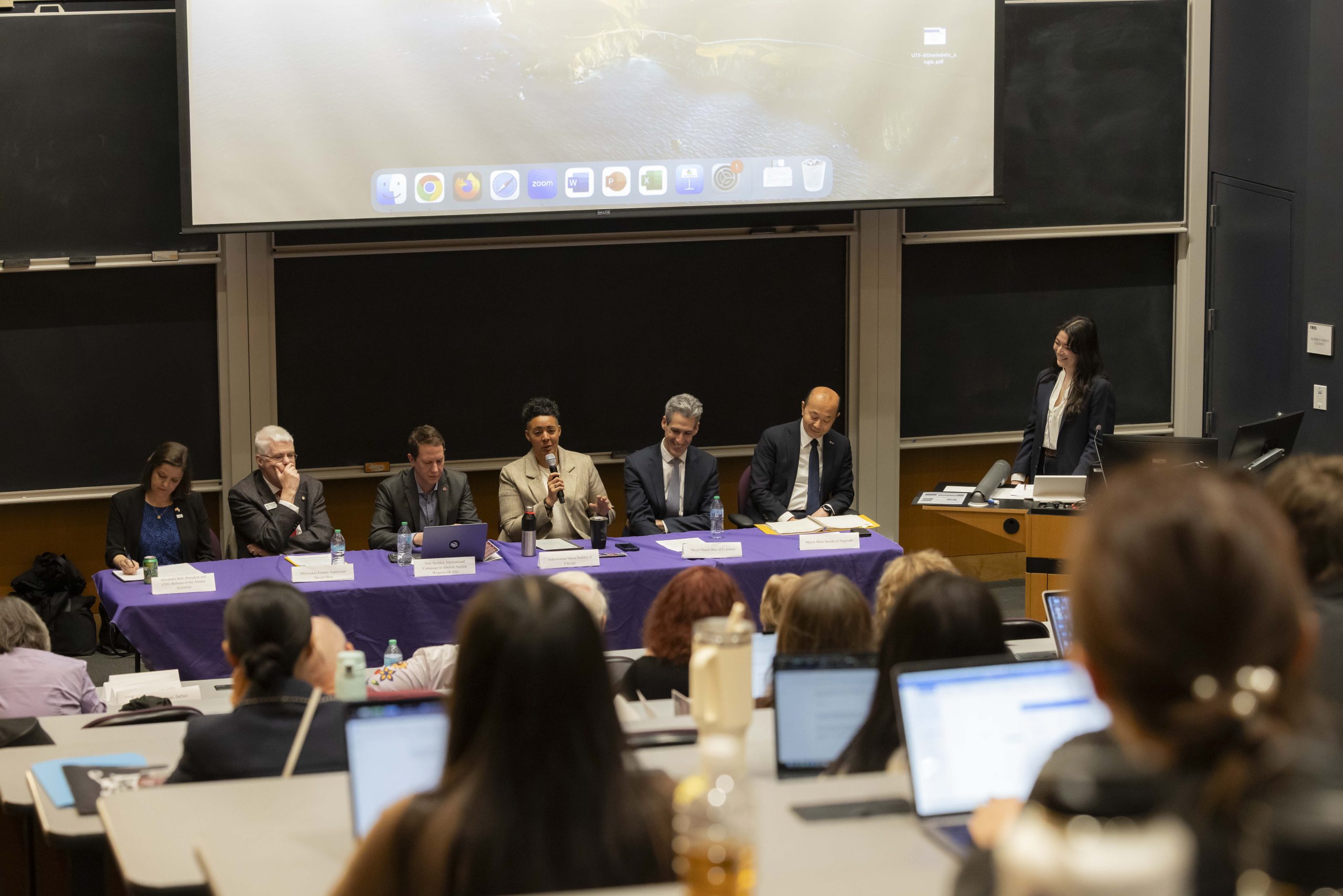
Nuclear Policy and Security at the Local Level
On Friday, May 2nd, 2025, local government officials and prominent organizational leaders discussed the importance of city-level involvement in nuclear policy and security efforts. Friday’s panel during the Mapping Nuclear Legacies Symposium, titled “Nuclear policy and security: the role of cities,” focused on existing policy and security efforts at the local level. Panelists included Mayor…
-
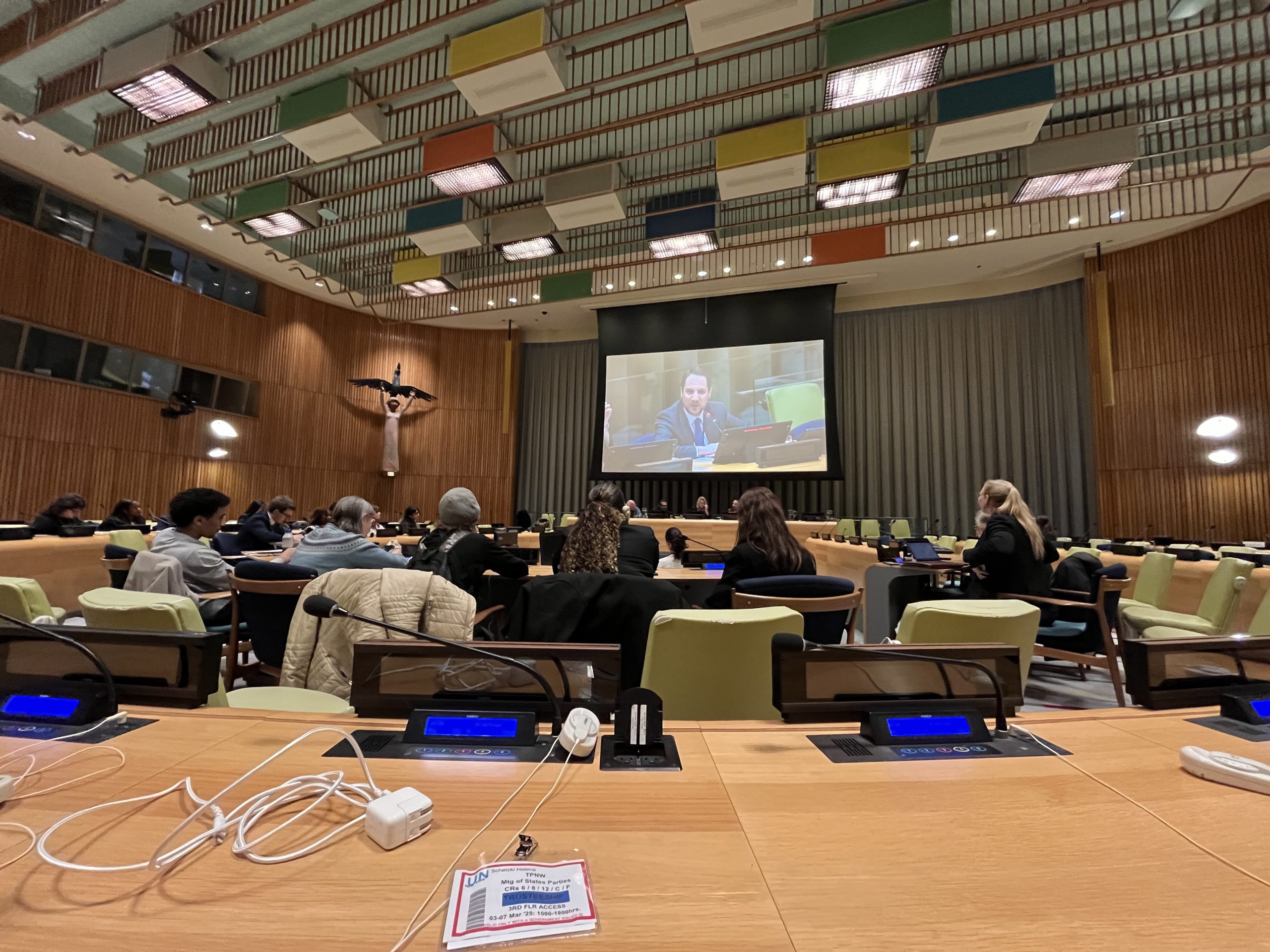
The Arts, Popular Culture, and Nuclear Disarmament
On March 5, Mexico and The International Campaign to Abolish Nuclear Weapons (ICAN) sponsored the side event Fábulas Atómicas – Artists Against the Bomb at the third Meeting of States Parties (3MSP) to the Treaty on the Prohibition of Nuclear Weapons (TPNW). Artists Against the Bomb is an international poster campaign advocating for nuclear disarmament,…
-
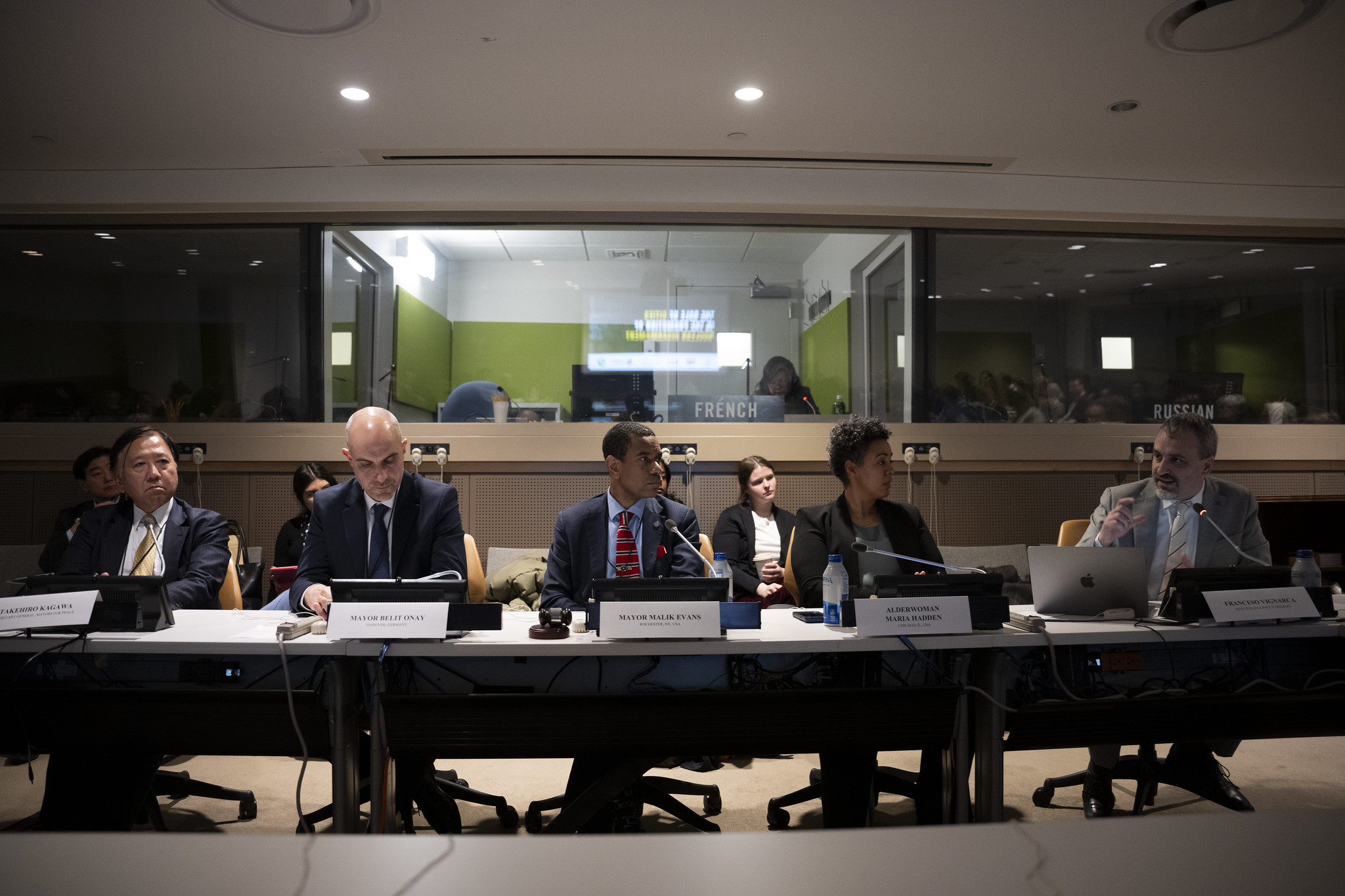
City Leaders Mobilize for a Nuclear-Free Future at UN
City leaders play a unique and actionable role advancing nuclear disarmament and promoting peace. It’s an effort that is all the more urgent as tensions between nuclear-armed states escalate. Recognizing the increasing importance of achieving a nuclear free world, the Mapping Nuclear Legacies team recently collaborated with key advocacy groups and NGOs working towards nuclear…
-
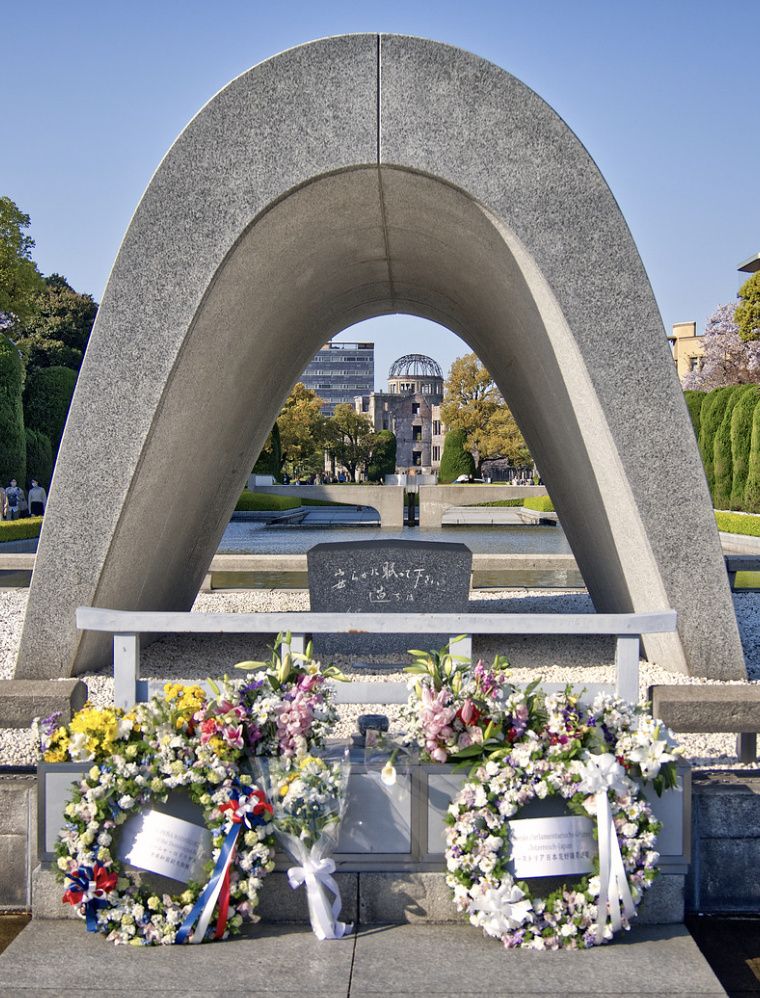
Fragments of the Past: Hiroshima’s Living Memory
It is visually hard to tell that a bomb was ever dropped from a trolley ride through the streets of Hiroshima. Upon arriving at the Genbaku Dome-mae station, the temporary illusion of a bomb-free history dissolves. The plethora of photos that exist of the Genbaku Dome, the only structure left standing after the world’s first…
